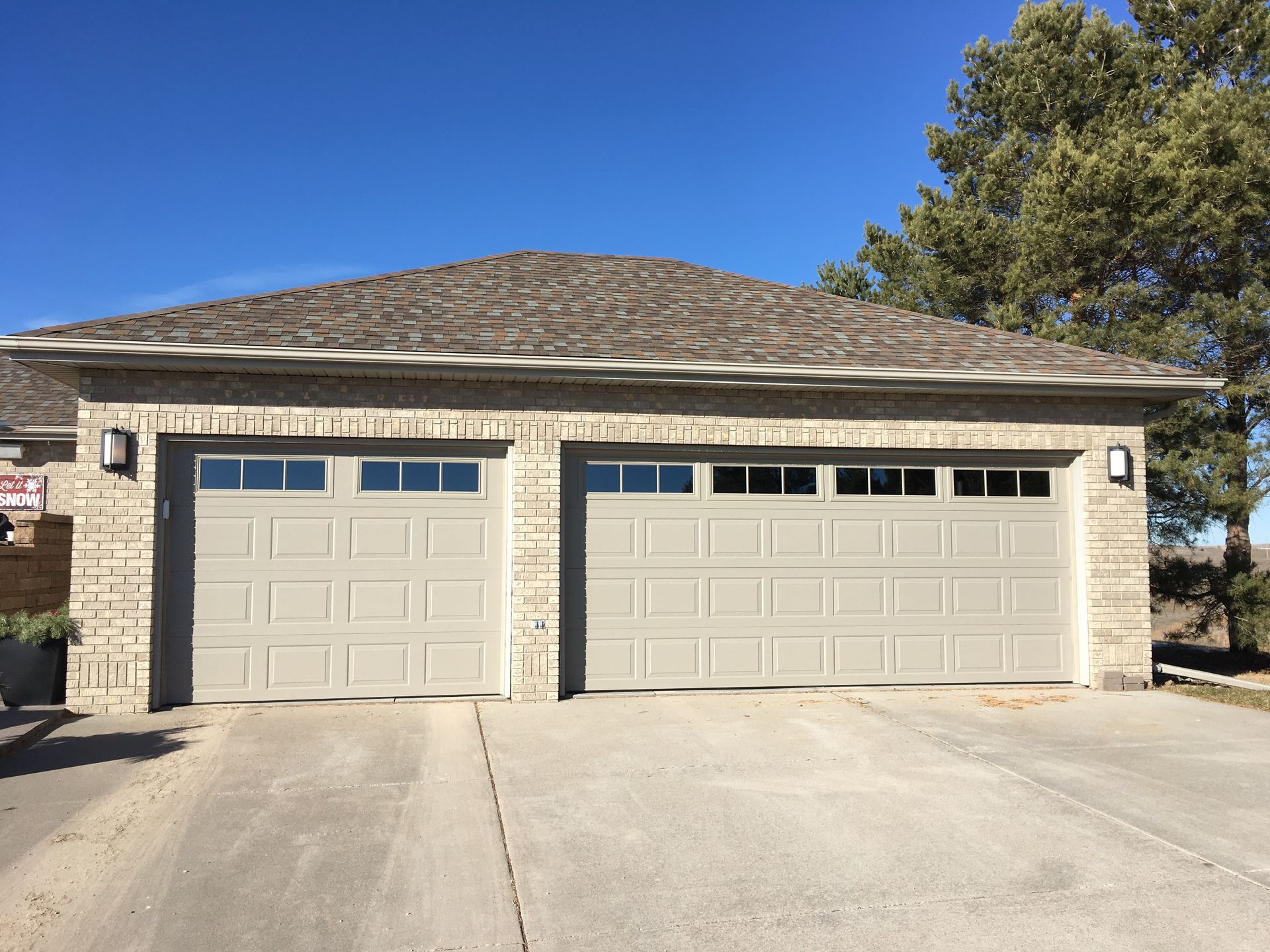Your roof’s color isn’t just an aesthetic choice—it can directly impact your home’s energy efficiency and comfort. Let’s explore the science behind roof colors and help you decide the best option for your climate.
Understanding How Roof Color Affects Heat Absorption
Roof color is a major factor in heat absorption. Dark roofs, such as black, absorb heat, increasing the temperature on the roof’s surface and warming your home. White roofs reflect sunlight, keeping your home cooler and easing the load on your air conditioning.
When to Choose a Light or Dark Roof: Climate Considerations
Choosing the right roof color largely depends on where you live:
- Warm Climates: If you live in a hot climate, a white or light-colored roof will help reflect the sun's heat, keeping your home cooler and saving on energy bills.
- Chilly Climates: In cold climates, darker roofs absorb more sunlight, helping to keep your home warmer and reducing heating costs.
- Temperate Climates: In moderate climates, a neutral or slightly darker shade may be the best option, depending on your insulation and overall energy needs.
How Roof Colors Affect Energy Efficiency and the Urban Heat Island Effect
White roofs can help mitigate the urban heat island effect, a phenomenon where urban areas become significantly warmer due to dark roofs and pavement. By reflecting sunlight, white roofs cool down cities and reduce energy consumption.
Expert Tips from Weathercraft on Selecting Roof Colors
To help you choose the perfect roof color, keep these tips in mind:
- Climate Suitability: Think about your region’s weather patterns.
- Material Durability: Check that your roofing material is compatible with the selected color.
- Aesthetic Appeal: Consider how the roof color will blend with your home’s exterior for a harmonious appearance.
- Energy Savings: Weigh the initial cost against future savings on energy bills.
At Weathercraft, we guide homeowners in choosing the ideal roof color and material to suit their needs and budgets.
